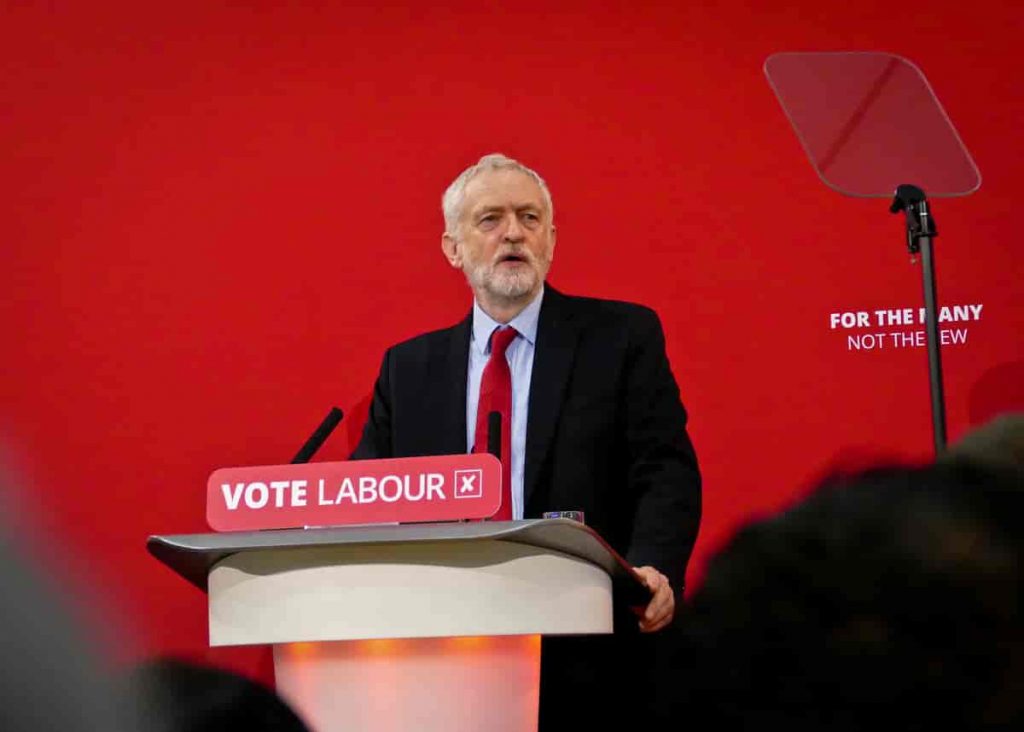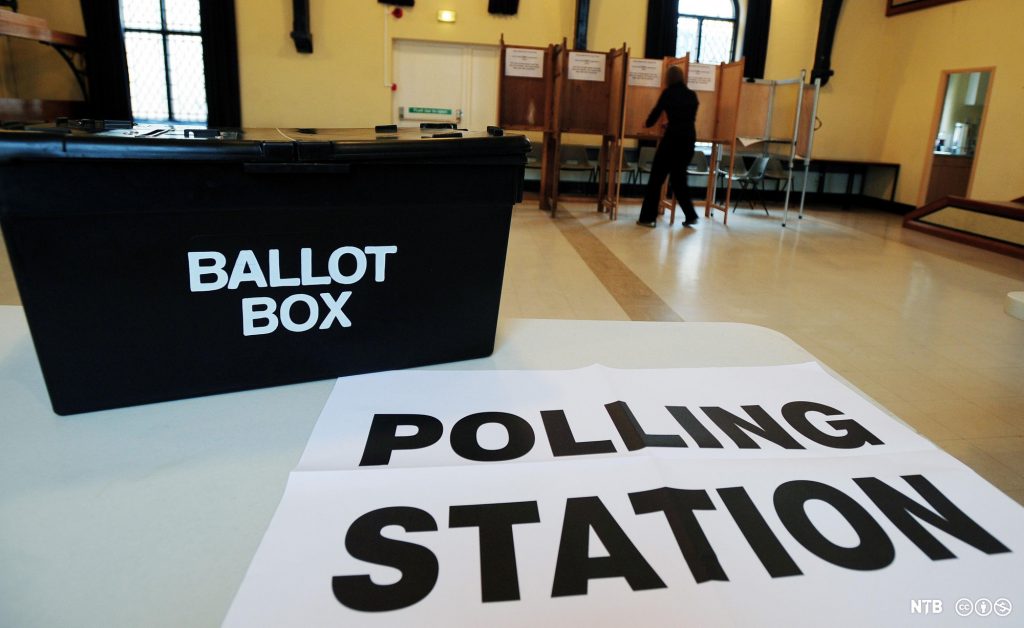Shifting Voting Behaviours: The Key to Electoral Success?
Within the United Kingdom (UK), voting behaviours of certain groups in society have come under both increasing media and political attention. Typically, a person’s voting behaviour is often determined as a result of both personal financial issues and other major factors such as the country’s current economic climate (Chrysanthou and Guilló, 2023). However, other classifications such as both age and gender have had a meaningful impact on the voting behaviour in recent UK general elections. In turn, this blog post will explore these credible factors in determining a person’s voting behaviour.
AGE
Despite not winning the 2017 general election, Labour’s approximate final tally in the election stood at an approximate 40% (Sturgis and Jennings, 2020). While voter’s personal issues with Theresa May’s governance and approach to Brexit had an impact on Labour’s final tally, a major factor of their rise in the polls was attributed to the leadership of Jeremy Corbyn and his ability to engage with the younger population throughout his party’s campaign. The term, “Youthquake” (Sturgis and Jennings, 2020), is often prescribed to the explosive increase in the youth voting for the Labour party, particularly in areas which possess a higher percentage of youth voters, (Heath and Goodwin, 2017, as cited in Sturgis and Jennings, 2020).
In the wake of the 2017 election, YouGov (2017, as cited in Sloam and Henn, 2018, p.92), revealed that ‘age’ was a bigger determining factor in a person’s voting behaviour as opposed to their ‘class’. The Labour party’s manifesto had direct references to the hardships younger voters faced, such as their inability to easily enter the housing property along with harsh employment contracts (Sloam and Henn, 2018). Additionally, the Labour party was also supported by British cultural icons such as Stormzy throughout their election campaign, in a direct bid to reach out to the younger generation (Margetts. 2017). In turn, the younger demographic’s shifted voting behaviour away from class, has directly impacted the Labour party in a positive manner, as seen in the 2017 general election.

CLASS
The 2019 general election, taking place in the background of Brexit, overseen the Conservative party curate a higher proportion of the working-class vote against the Labour party. In turn, this election saw the largest Labour defeat since 1935 (Cutts et. al, 2020). Furthermore, “working class” (Cutts et. al, 2020, p. 18), support for the Conservative party in the 2019 general election had respectably increased since the 2017 election, which is often attributed to both Brexit and constituencies which had backed the ‘Leave’ vote in 2016. Overall, the 2019 general election overseen the Conservative Party gain fifteen points against the Labour party amongst the working-class electorate (Goodwin and Heath, 2020).
Additionally, the Conservative Party’s manifesto which focused on ensuring Brexit, securing a swift exit from the European Union (EU), was compounded by additional promises to strengthen laws surrounding migrants entering the UK, and promising to allow the National Health Service (NHS) to prosper (Conservative and Unionist Party, 2019, as cited in Solivetti, 2022). These issues which were imposed by the Conservatives were utilised as pressing issues to the working-class electorate, ensuring that their vote was secured. Overseeing a significant base of the Labour vote, to collapse (Solivetti, 2022). In turn, the 2019 general election conclusively seen the Labour party lose its core working-class electorate in favour of the Conservative’s promise to secure the UK’s exit from the EU while also implementing stronger immigration laws, popular amongst working-class voters.

GENDER
Throughout the 2015 general election, issues such as increased pressures within the NHS, the UK’s economy, a rise in cuts on public services, and issues within the field of private care for children, all had an impact on the voting behaviour of women (Sanders, 2023). Specifically, this election overseen a shift of women voting for the Labour party instead of the Conservatives as a result of increasing public-spending cuts and the personal monetary issues women faced (Sanders, 2023).
Furthermore, the 2017 general election seen for the first time, that women voted for the Labour Party at a higher share, while men voted for the Conservative Party on a higher scale (Campbell and Shorrocks, 2021). This share followed into the 2019 general election once more, in which women voters from a younger age demographic, who were more significantly against Brexit in comparison to male voters, were more likely to vote for the Labour Party (Campbell and Shorrocks, 2021). Conclusively, the past three elections have resulted in a shift of women voters to supporting the Labour Party, as compounded by the financial cuts imposed by the Conservative Party and their political goal of having the UK leave the EU.